The post 13 Snow Photography Tips: A Beginner’s Guide appeared first on Digital Photography School. It was authored by Dena Haines.

Does your heart jump a little on a snowy winter day?
Do you want to run outside and start shooting?
I know how you feel; I love snow photography, too!
So if you’re after some stunning snow photos…
…then read on!

13 snow photography tips: a beginner’s guide
The tips in this article will help you get some great photos in the snow – while also keeping your camera safe.
So make sure to keep these tips and techniques in mind the next time you head out for a snow photoshoot!

1. Focus on contrast
Autofocus can have a hard time when everything is white. So you’ll need to be extra-careful, and do your best to focus on a contrast-heavy area of your snow scene.
It helps to focus on something dark, like the bark that’s just below a lump of snow on a tree branch.
Remember:
Your camera’s autofocus system uses contrast to focus, so a plain white mound of snow may cause issues.
Press your shutter halfway. If the focus won’t lock on, move your focus point to a darker area of the subject and try again. This usually does the trick.

2. Camera settings
Set your camera to shoot in RAW. When you take photos in RAW, you will have more information to work with when editing – whereas JPEG files are compressed, so they don’t allow for much post-processing latitude.
(Learn more about why you should shoot in RAW here.)
Choose Evaluative metering (which is called Matrix metering on Nikon cameras). Evaluative metering will do a good job of getting you a correct exposure, and it’s what I used for all the photos in this post.
If the weather is really sunny, you may also want to try Spot or Partial metering to see if it can handle the light better.
Exposure compensation. Your camera will try to make snow look gray, so set your exposure compensation to +1 or +2. That will keep the snow looking white. You can also adjust the exposure during editing.
3. Shoot in Aperture Priority mode
Aperture Priority mode (AV on Canon, A on Nikon) will allow you to quickly change your depth of field. When shooting in Aperture Priority, the camera will choose the ISO (if the camera is set to Auto ISO) and the shutter speed, so all you have to do is switch between aperture settings.
This is great in cold weather (where cold fingers make it tough to change settings on the fly), and allows for a lot of creativity.
4. Capture snow while it’s still fresh
There’s nothing like a fresh snowfall.

If you want footprint-free snow, you should plan the photos you’re going to take and the order you’ll take them in (so you don’t trample the snow during the shooting process!).
Capturing fresh snow might also mean going out early to shoot (before the kids get up!).
5. Keep your batteries warm
In cold weather, your batteries won’t last long. So charge two, and keep one in an inside pocket.
When the battery in your camera runs low, replace it with the warm one. Then put the drained battery in your pocket; you may even be able to use it again once it warms up.
6. Bag your camera
Condensation can form on the outside and inside of your camera when you bring it in from the cold. That’s scary, but it’s easy to avoid.
When you are heading out into the cold, just bring along a large zip-lock bag. I usually keep one in my camera bag or jacket pocket.
Then, when you’re ready to go inside, put your camera in the bag and make sure the lock is sealed tight.
Once you’re in the house, put your camera somewhere it can warm up slowly. When the camera reaches room temperature, you can take it out of the bag and use it normally.
I leave my camera bag in the car while I’m taking photos. But before getting back into the car, I put my camera in the zip-lock bag, then in the camera bag. That way, the camera comes up to temperature slowly and condensation doesn’t form.
7. Don’t let the weather stop you
Snowy landscapes look good in both sunny and cloudy weather.
On cloudy days, when everything is white, include elements that will break up the monotony and add interest to your photo.
Also, if it’s snowing, use an umbrella to protect your camera. And if it’s too cold to go out, roll down your car window, grab your shot, and roll it back up.

While I don’t take my camera out in super cold weather, some people do. Read more about protecting your camera and yourself in cold weather (by David Shaw, who’s in Alaska and knows all about cold weather!)
8. Act fast
Snow can change quickly. It can start or stop falling in an instant.
And when the sun comes out, snow can start melting very fast. Those beautiful trees can go from dazzling to drab in no time at all.

So don’t wait.
Get out there and do some snow photography!
9. Be patient
Light can change fast.
The sun can go behind a large cloud and totally change how the snow looks. You may need to wait for the sun to come out again. This can be hard when it’s cold, but it’s worth it!
After all, sunshine and shadows add beauty and drama to a snowy scene.

10. Keep all your images
Don’t delete any photos from your camera.
Instead, wait until you’re warm and comfy and you’re sitting in front of the computer.
You’ll be able to see your photos more clearly, and your fingers won’t freeze!
11. Play with perspective
Shoot from different perspectives. Try to show the way snow blankets the ground, weighs things down, and clings to everything.

But watch out for falling snow. It’s not so nice to have a clump land on your camera!
12. Play with shutter speed
Shutter Priority mode allows you to choose your shutter speed while the camera takes care of the rest (assuming you’re using Auto ISO).
And by experimenting with your shutter speed, you can create all sorts of cool effects!
For instance, with a fast shutter speed, you can freeze falling snow in midair.
With a slow shutter speed, you can turn those flakes into long white streaks.
Nice, right?
13. Capture some bokeh
A sunny winter day is a great time to create bokeh. And with all that sparkling snow and ice, this shouldn’t be too hard!
To create bokeh in your photos, look for a subject that has something bright or shiny in the background.
This could be the light reflected off the ice or melting snow. Use a wide-open aperture (e.g., f/2.8 or f/4), and make sure there is some distance between your subject and the shiny background.
With a shallow depth of field (from the wide aperture), your subject will be in focus, but not the shiny background elements.
And this will create lovely background bokeh, like in the photo below:

Let it snow!
Will you be out taking photos on the next snow day? I’m planning on it, and I hope you are, too.
Have fun with your snow photography, and experiment with different settings for creative results. Just remember to dress for the weather and bag your camera.
If you have some snowy photos to share, I would love to see them! I hope you’ll share your favorite snow photography tips, too – just add them in the comments below!
The post 13 Snow Photography Tips: A Beginner’s Guide appeared first on Digital Photography School. It was authored by Dena Haines.
























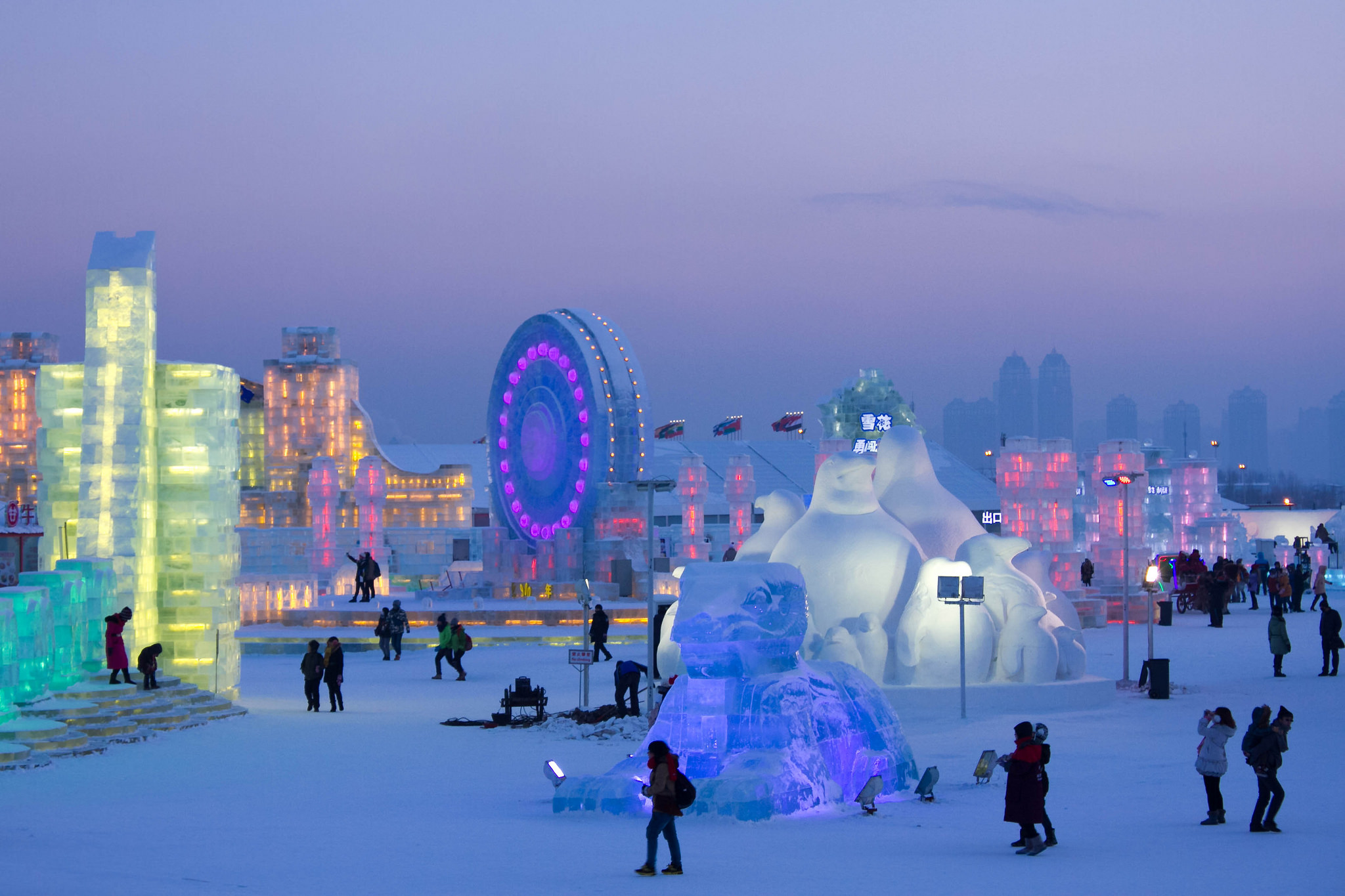
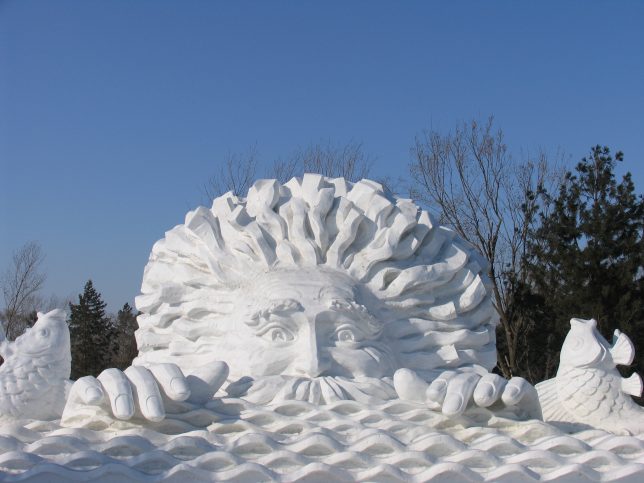
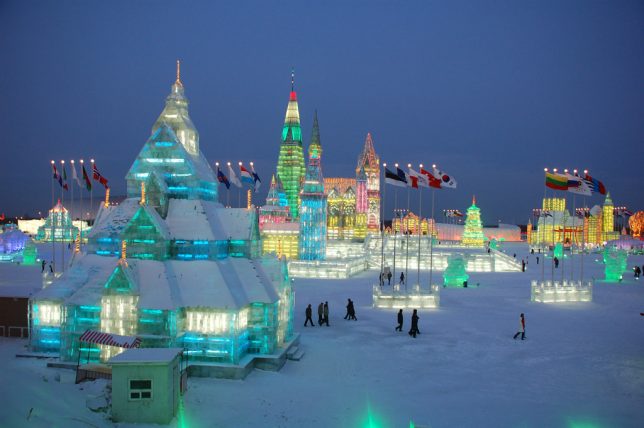
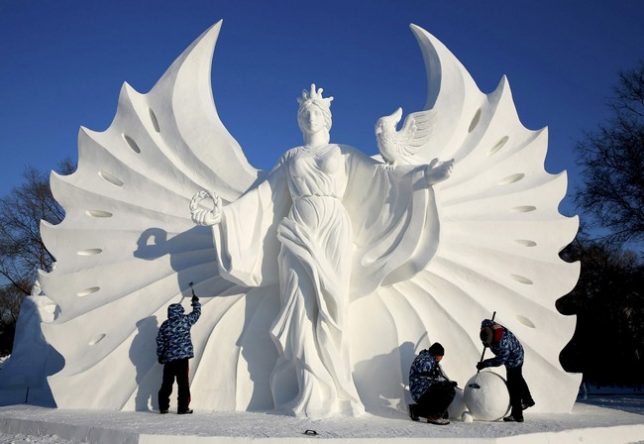
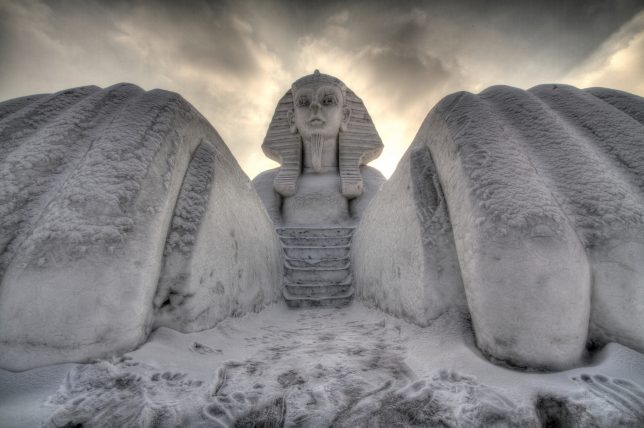
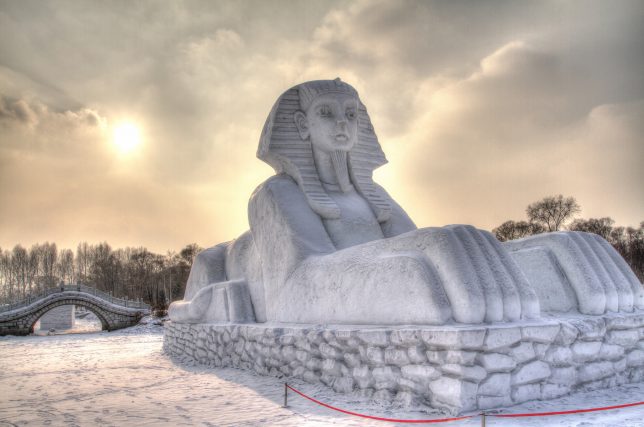
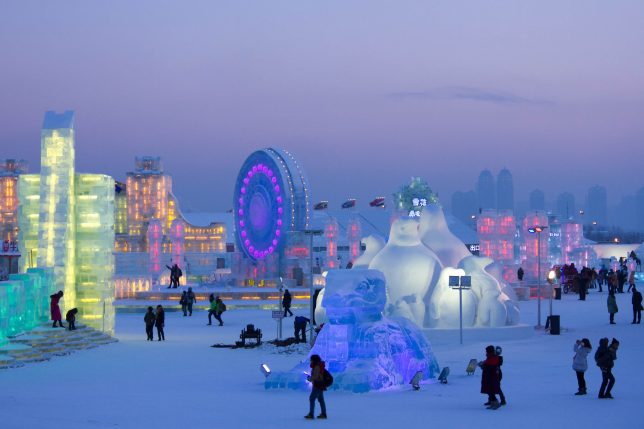
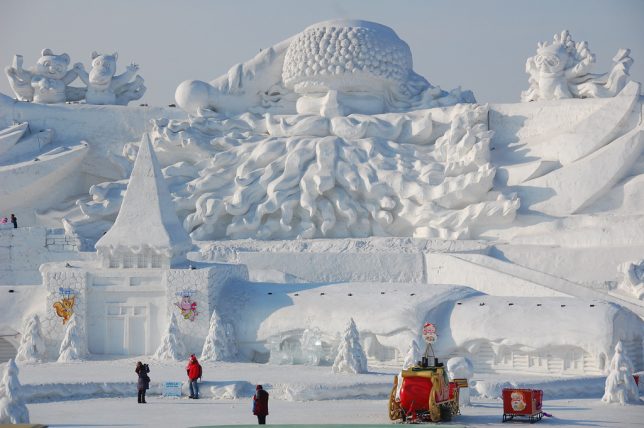
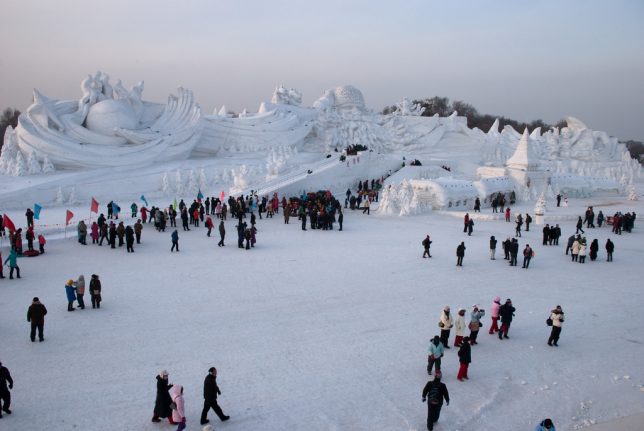




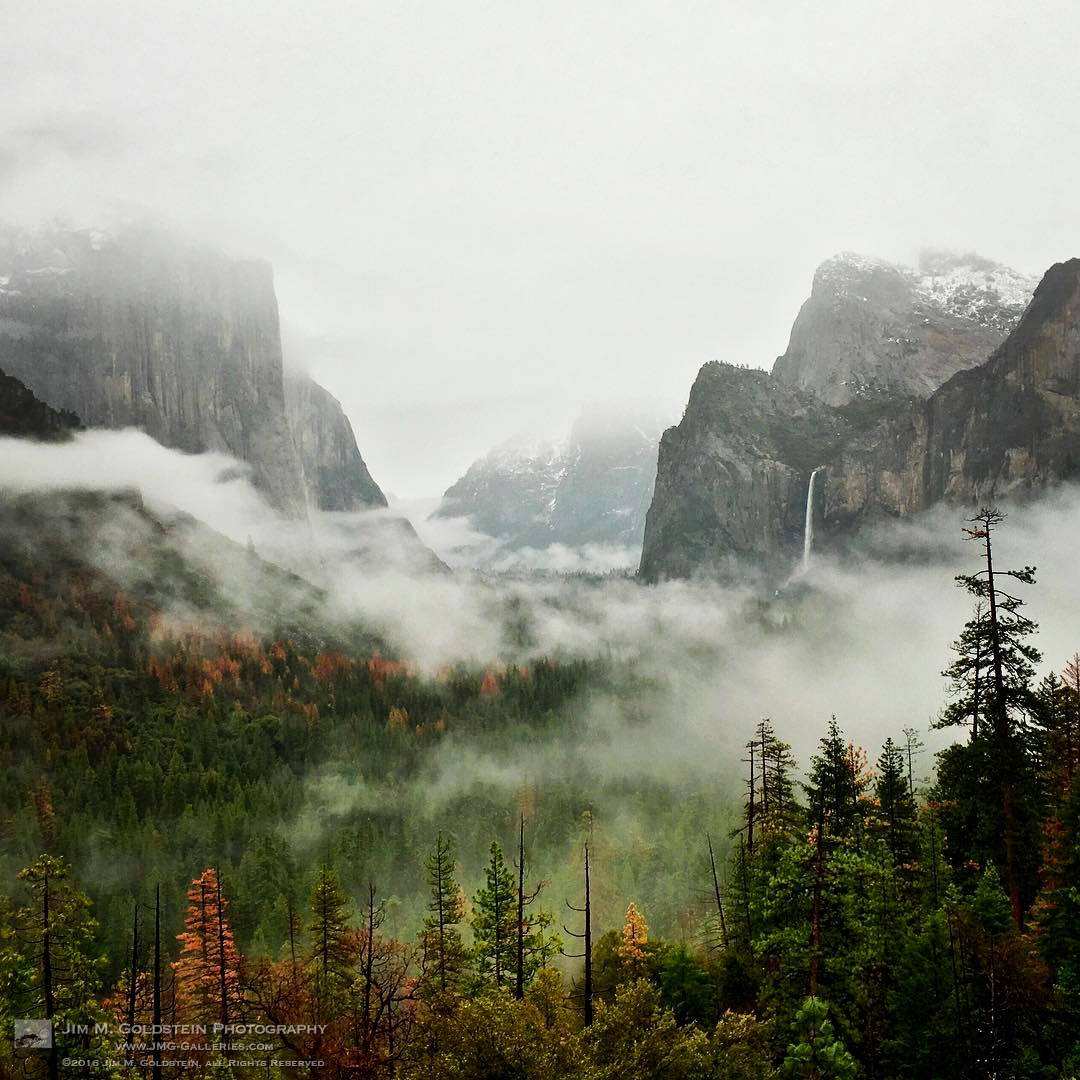

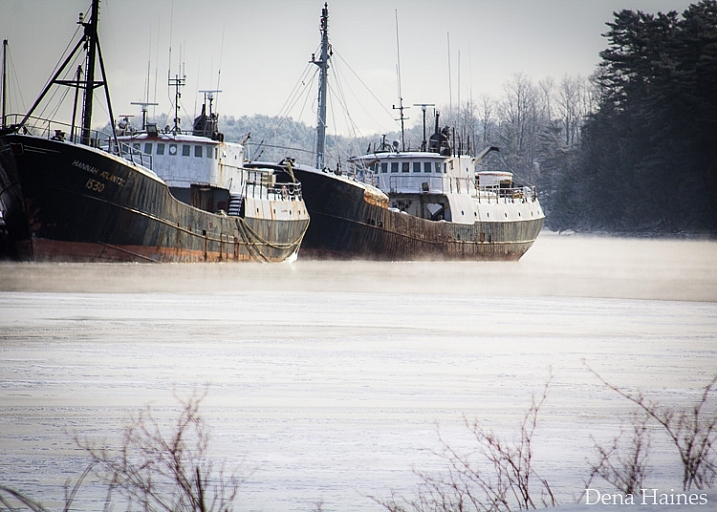
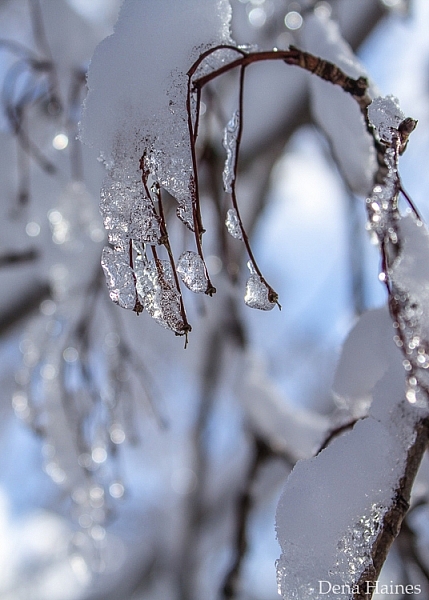
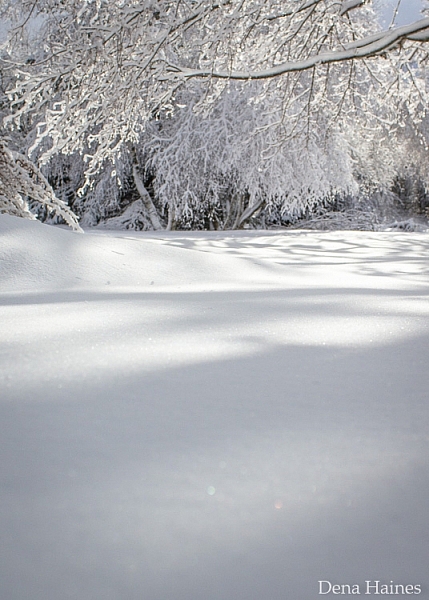
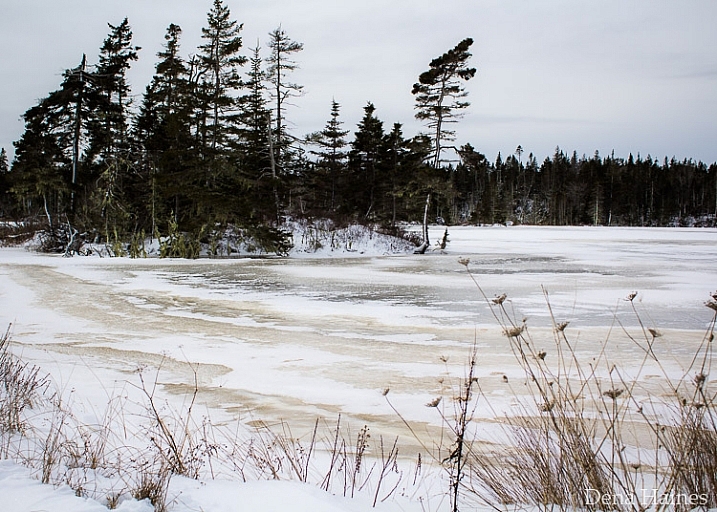
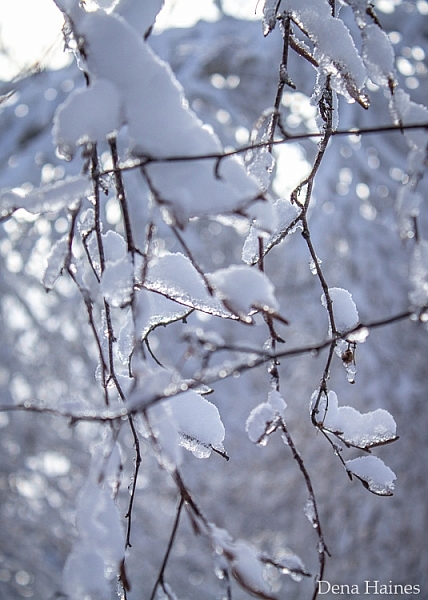
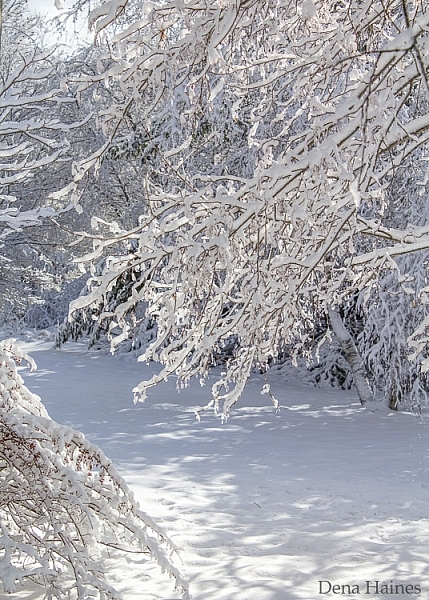
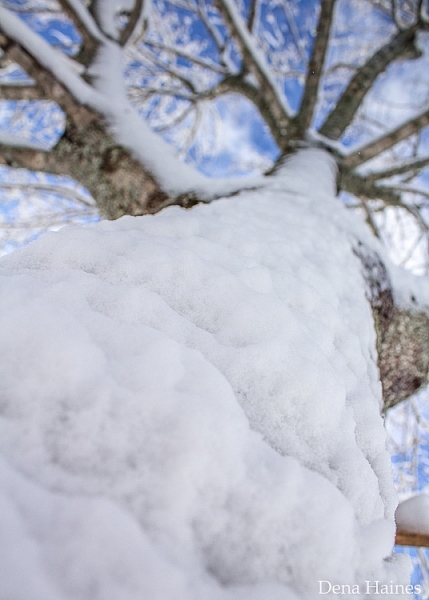
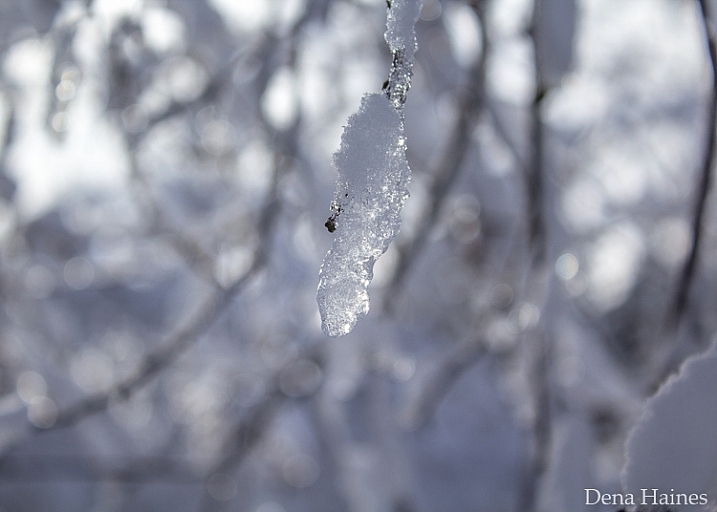
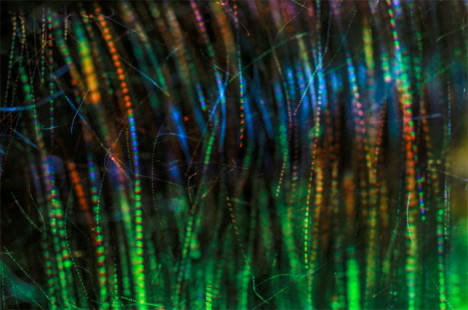
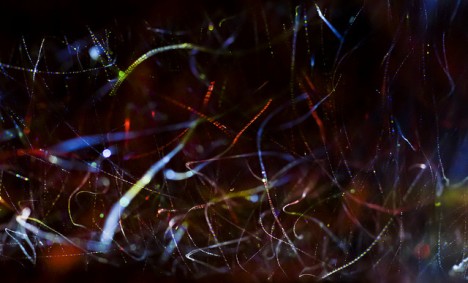

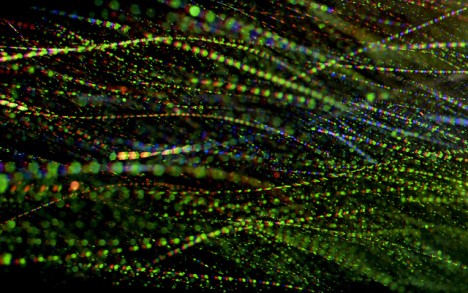
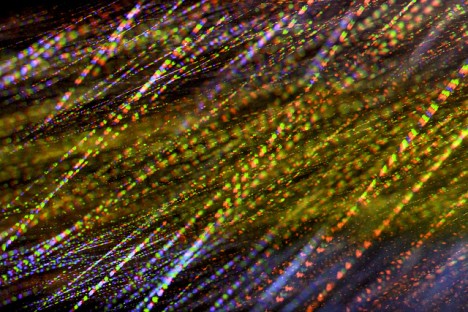
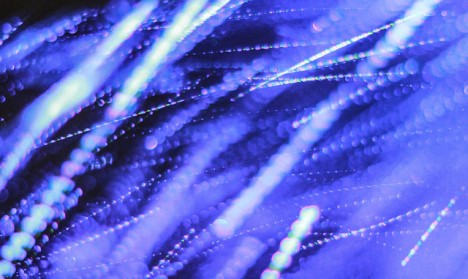

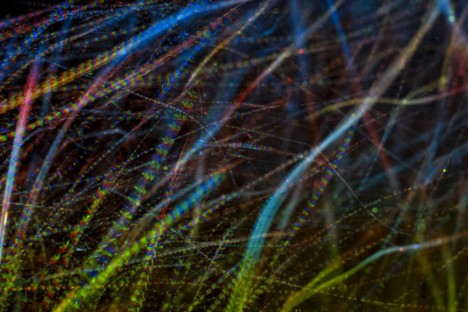
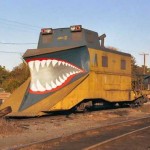
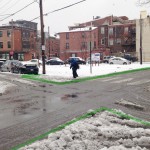
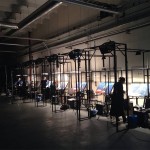




You must be logged in to post a comment.